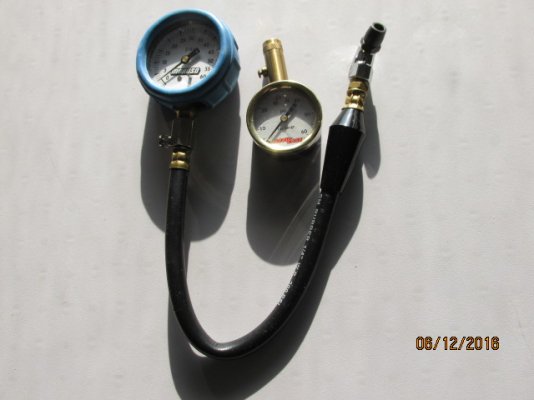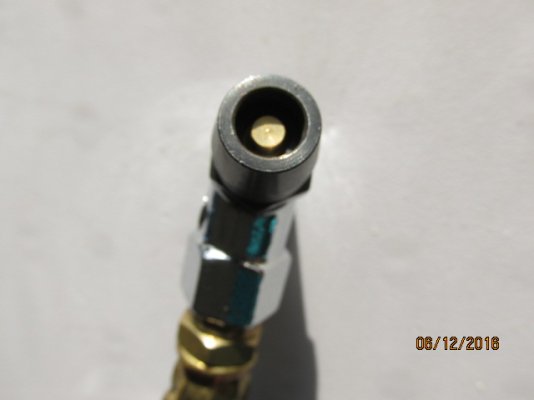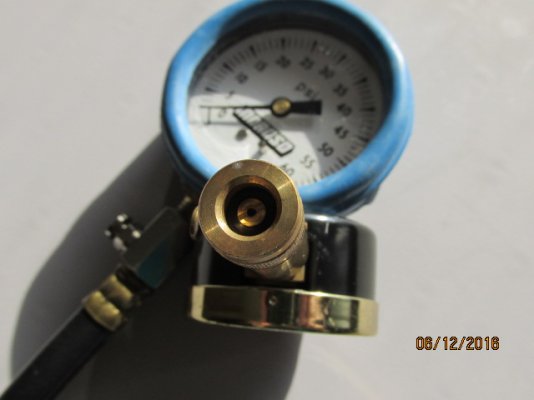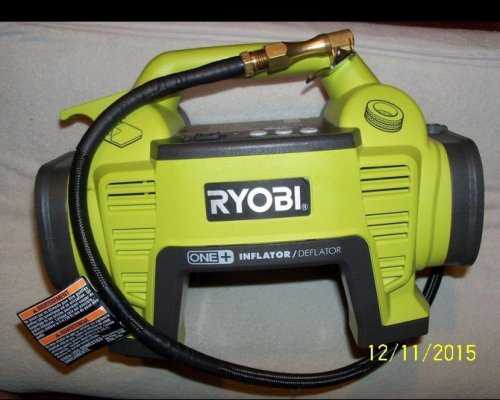I have been using a simple 2" analog gauge with a short straight "tube" termination with elastomer fitting for many years. I like the straight (no angle) connection since it seemed to make an easier connection than the
cheaper "pencil type" gauges with an angle at the end which , for me at least,
tended to leak air initially until a good seal was made.
Now after many years, I seem to have more trouble making that initial seal without getting that leaking of air. Is there some secret to making the measurement w/o getting that air leaking? Or is it possible after many years of sitting in the glove compartment, the elastomer seal has hardened or changed in some way so that it is less forgiving in making that seal.
Any suggestions for a new gauge? I seem to have a bias against having an
angle at the end because of my early experiences but maybe I shouldn't
eliminate that possibility.
cheaper "pencil type" gauges with an angle at the end which , for me at least,
tended to leak air initially until a good seal was made.
Now after many years, I seem to have more trouble making that initial seal without getting that leaking of air. Is there some secret to making the measurement w/o getting that air leaking? Or is it possible after many years of sitting in the glove compartment, the elastomer seal has hardened or changed in some way so that it is less forgiving in making that seal.
Any suggestions for a new gauge? I seem to have a bias against having an
angle at the end because of my early experiences but maybe I shouldn't
eliminate that possibility.




